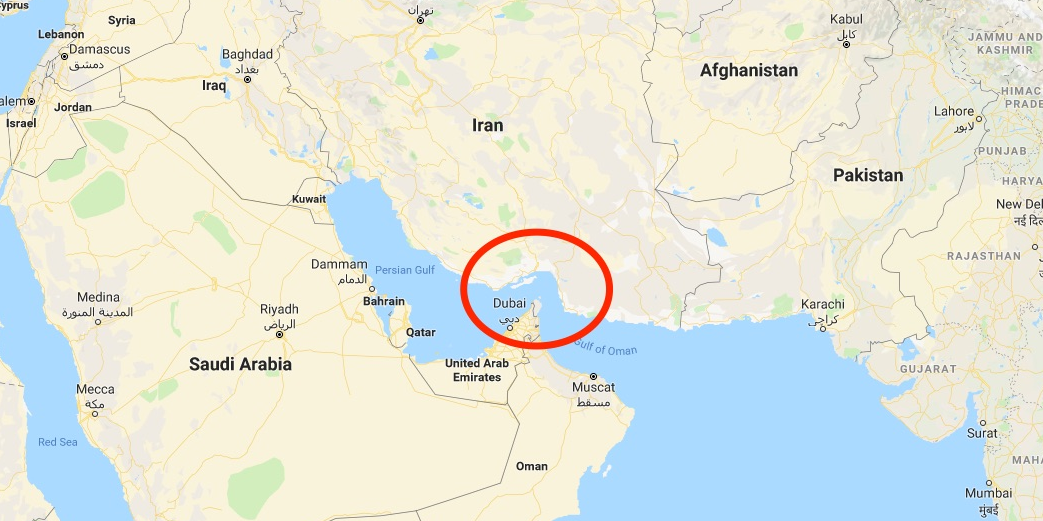To illustrate some of the actions of China whilst the West is distracted with COVID- 19, negotiations between Iran and China over the creation of a 25-year strategic development plan seem to have been finalised. The New York Times published excerpts from the 18 page document described as “final version” that requires Beijing to invest $400 billion over the next 25 years on a BRI project in exchange for discounted oil, alleged to be at a rate of 25% or more on the International price.
The document — which the Times said was dated June 2020 and has yet to be approved by the Majles, Iran’s parliament — detailed how Beijing would receive the Iranian oil in exchange for expanding its economic involvement in a variety of fields, including banking and infrastructure, such as telecommunications and transport.
This would potentially include giving the Iranians access to China’s global positioning system and helping roll out an Iranian 5G network. And surprise, surprise, the Chinese infrastructure company would be Huawei. Why would China be so interested in developing Iran’s infrastructure? Well the commercial reason is that it would give China access to oil and provide good capital returns from a middle eastern country.
However, analysts contend that when China develops strategic ports in various countries, at extremely favourable interest rates to China, there is a possibility that on default China may seize the ports and militarise them at some point. Or “negotiate” an agreement to such ends.
In the proposed draft, China plans to build several ports in Iran, one of them at Jask, just outside the Gulf of Hormuz, which is the entrance to the Persian Gulf.
The Gulf of Hormuz is among the nine key maritime chokepoints across the world. All these chokepoints are currently controlled by the US, which many security analysts believe is a marker of US strategic hegemony over the world.

Now, a Chinese port at Jask “would give the Chinese a strategic vantage point on the waters through which much of the world’s oil transits. The passage is of critical strategic importance to the United States, whose Navy’s Fifth Fleet is headquartered in Bahrain in the gulf,” the NYT report states.
The US State Department spokesperson said the US would continue to “impose costs on Chinese companies that aid Iran”. Which is spook speak for further sanctions would be applied to Chinese companies working on the project. The other port being developed is Chabahar Port, which is seen as India’s gateway for trade in Central Asian countries. Strategically located in the Sistan-Baluchistan Province on Iran’s southern coast, Chabahar port lies outside the Persian Gulf and can be easily accessed by India from the Kandla port in Gujarat. In May 2016, India signed a bilateral deal with Iran which gave it the right to develop and operate two terminals and five berths with multipurpose cargo handling capacities in Chabahar port for 10 years.
This also included India’s participation in the Chabahar-Zahedan railway project. After the completion of this stage, it is scheduled to proceed into Afghanistan and then through the Central Asian republics, finally reaching Moscow. This is part of the North-South initiative.
The Hindu newspaper reported on Tuesday that the Iranian government decided to proceed with the long-stalled rail project without India’s participation.
A track-laying ceremony for the Chabahar-Zahedan rail line was held last week. It will initially reach Zahedan before being extended to Zaranj on the Afghan side. Reports suggested that China had replaced India as the partner in the rail venture, but this was later denied by New Delhi. Rumours of high-level diplomatic activity abound.
In 2018, Washington agreed to a waiver for Chabahar port under the Iran Freedom and Counter-Proliferation Act of 2012, to keep China out and also as a goodwill gesture to Iran (don’t think it worked).
Coming back to the start of the article, why is China so interested in Iran?
Apart from the commercial benefits, which should, because of the access to cheap oil, help to underpin the poor performing BRI projects, there are political benefits.
It would give China port facilities on the approach to the Persian Gulf, and it would really irritate the USA and the Saudis, which would have internal benefits for China. The Uighur Muslims in Western China are Sunni Muslims and are of interest to Saudi Arabia, so any means by which China can influence Saudi through the threat of controlling the Gulf or strengthening their enemy Iran would serve as a message to the Saudis to keep out of Chinese internal affairs.
It also gives India something to think about and puts pressure on India in the Arabian Sea, giving China a two-front squeeze between the Himalayas and the Arabian Sea.
To return to the West, this puts pressure militarily on the West and supports Huawei. It is extending their capacity beyond the Inner China Seas and will test USA support for Saudi Arabia, Iraq and Kuwait. This will also put the UK under pressure in the Gulf. Remember that China is always in for the strategic long game. And watch out for more unexplained explosions in Iran.









